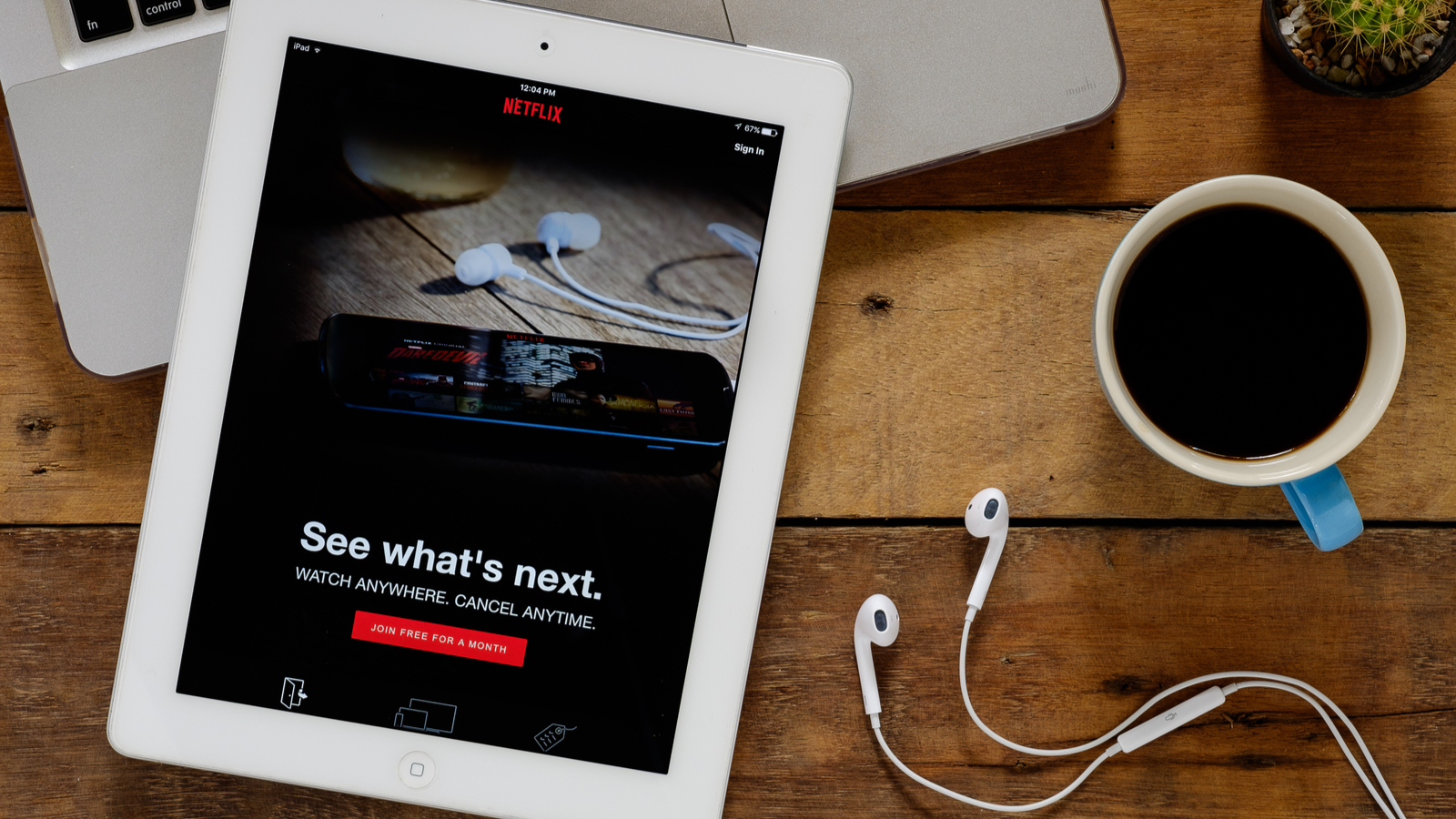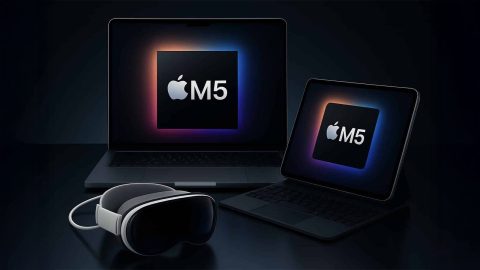What’s Next in Streaming Services
April 9, 2018
byThe IMBOLDN Editors
-
Tech Wish Leica Made a ‘Virtual’ M? They Just Did—The M EV1
60-megapixel full-frame, built-in EVF, and minimal design.
-
Tech This Smartphone Grip Doubles As A Power Bank And Tripod
The PowerGrip lets you shoot like a pro while keeping your phone charged.
-
Tech Forget The TV—This 4K Laser Projector Is The Real Showstopper
44K laser visuals, Google TV, and a 0.16:1 throw ratio.
-
Tech Gaming History Reloaded: Meet The Intellivision Sprint
Intellivision Sprint = instant nostalgia + plug-and-play simplicity for modern gamers.
-
Tech New M5 MacBook, iPad & Vision Pro Drop—Here’s Why It Matters
The M5 chip delivers insane AI gains to Apple’s newest Pro lineup.


















